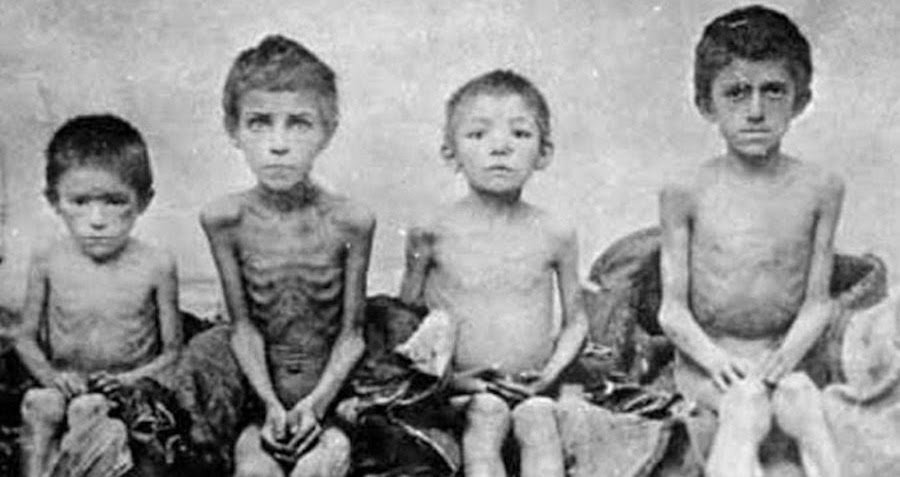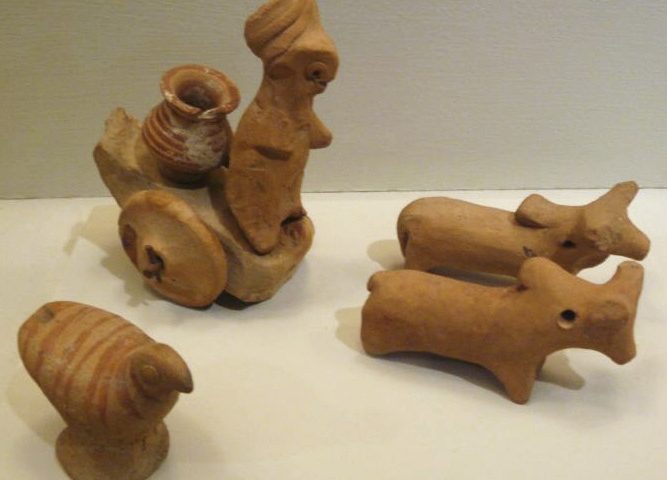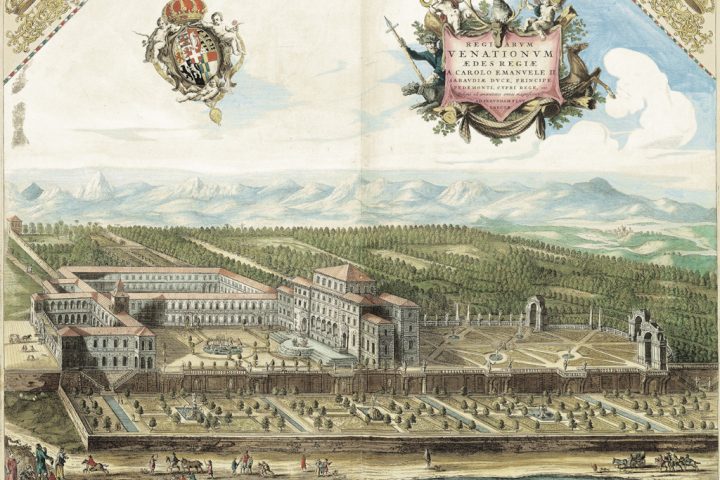Holodomor, in Ukrainian, means “death by hunger.” This Famine came about as a direct result of policies created and imposed on Ukraine by the Soviet regime which covered it up and denied it, ensuring that it would not be known for decades. Holodomor also known as the Great Famine started in 1932 and ended in 1933 caused by the Soviet Communist Party killing more than 4 million people mostly peasants.
The communist party emphasized on collectivization of farming land which was opposed by Ukrainian farmers. kulaks (wealthy farmers) were exiled to western Siberia and the republics of Central Asia to disturb Ukrainian agriculture which suffered great loss. To stop the widespread opposition of the Ukrainian peasants, the Soviet government undertook extreme measures such as cutting off food supplies to Ukraine which resulted in the Terror-famine.
Cause of the Holodomor & other Repressive Policies.
The Soviet Regime feared that the opposition to its policies by Ukrainians would lead to its independence from the Soviet Union, leading Stalin to set unrealistically high grain procurement quotas.
In August of 1932, the decree of “Five Stalks of Grain,” stated that anyone, even a child, caught taking any product from a collective field, could be shot or imprisoned for stealing “socialist property.”
At the beginning of 1933, about 54,645 people were tried and sentenced; 2,000 were executed.

Several repressive policies were implemented in Ukraine during the famine, including but not limited to the such as the “Law of Spikelets, Blacklisting, the internal passport system, and harsh grain requisitions,” a few of which are explained below in brief.
1. The “Decree about the Protection of Socialist Property“, nicknamed by the farmers the Law of Spikelets, was enacted on 7 August 1932. The purpose of the law was to protect the property of the kolkhoz (Kolkhoz is a Russian word that means collective farms). It was nicknamed the Law of Spikelets because it allowed people to be prosecuted for gleaning leftover grain from the fields. There were more than 200,000 people sentenced under this law.
2. The passport system in the Soviet Union (identity cards) was introduced on 27 December 1932 to deal with the exodus of peasants from the countryside. Individuals not having such a document could not leave their homes on pain of administrative penalties, such as internment in labor camps by the Gulag. (labor camps – or work camps is a detention facility where inmates are forced to engage in penal labor as a form of punishment.
Labor camps have many common aspects with slavery and with prisons) (Gulag – was the government agency in charge of the Soviet network of forced labor camps set up by order of Vladimir Lenin, reaching its peak during Joseph Stalin’s rule from the 1930s to the early 1950s.)
3. Joseph Stalin signed the January 1933 secret decree named “Preventing the Mass Exodus of Peasants who are Starving”, restricting travel by peasants after requests for bread began in Kuban and Ukraine.
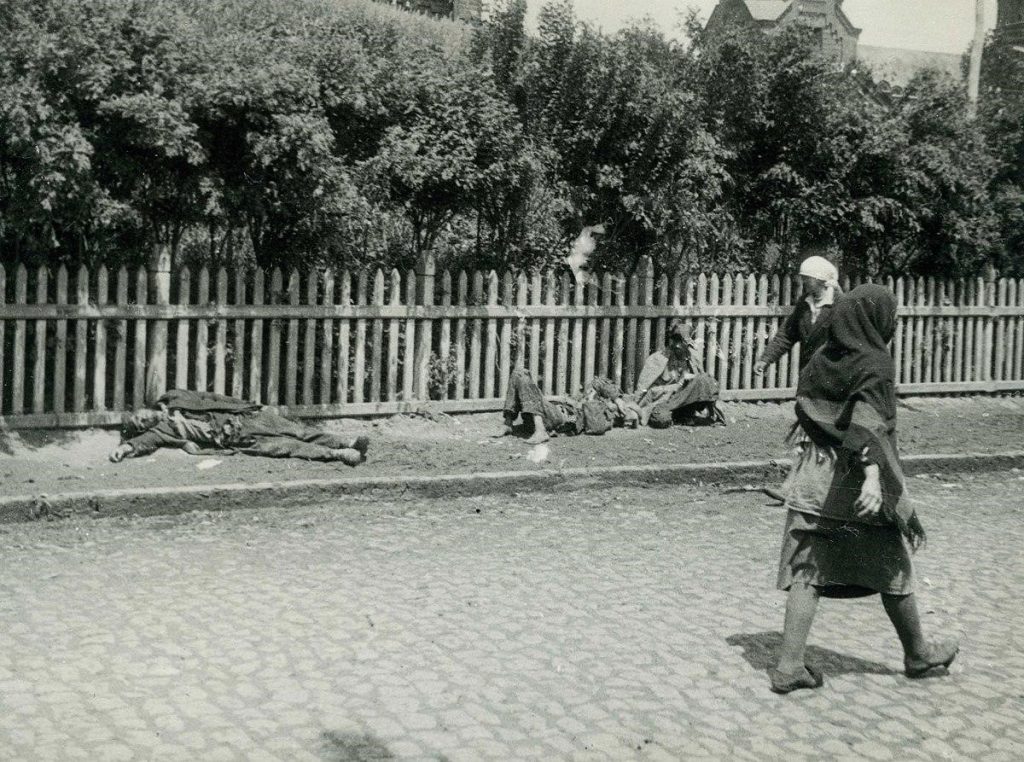
At the height of the Holodomor in June of 1933, Ukrainians were dying at a rate of 28,000 people per day.
Around 3.9 million Ukrainians died during the Holodomor of 1932-33 (as established in a 2015 study by a team of demographers from the Ukrainian Institute of Demographic and Social Studies, and the University of North Carolina-Chapel Hill).
Who was Joseph Stalin?
Joseph Stalin was the Soviet political leader and a Georgian revolutionary who led the Soviet Union from 1922 until his death in 1953.
He started this with the aim to eliminate a Ukrainian independence movement. (Movement started for freedom & to oppose the Soviet Union’s Order of collectivization of farmland which was joined by many)
This became the cause of death of millions of innocent people.
A joint statement to the United Nation signed by 25 countries in 2003 declared that 7–10 million died. However, current scholarship estimates range significantly lower, with 3.5 to 5 million victims.
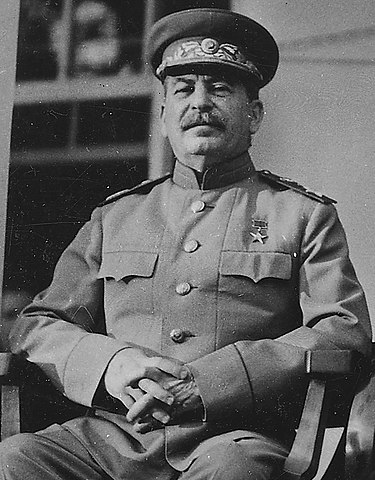
According to Prof. Andrea Graziosi, University of Naples – “In the case of the Holodomor, this was the first genocide that was methodically planned out and perpetrated by depriving the very people who were producers of food of their nourishment (for survival).
What is especially horrific is that the withholding of food was used as a weapon of genocide and that it was done in a region of the world known as the ‘breadbasket of Europe’.”
Who was on Stalin’s hit list?
Stalin decreed the First Five-Year Plan, which included the collectivization of agriculture, effectively ending the NEP (National Economic Policy). He targeted the rural Ukrainians as they were against the collectivization of their land.
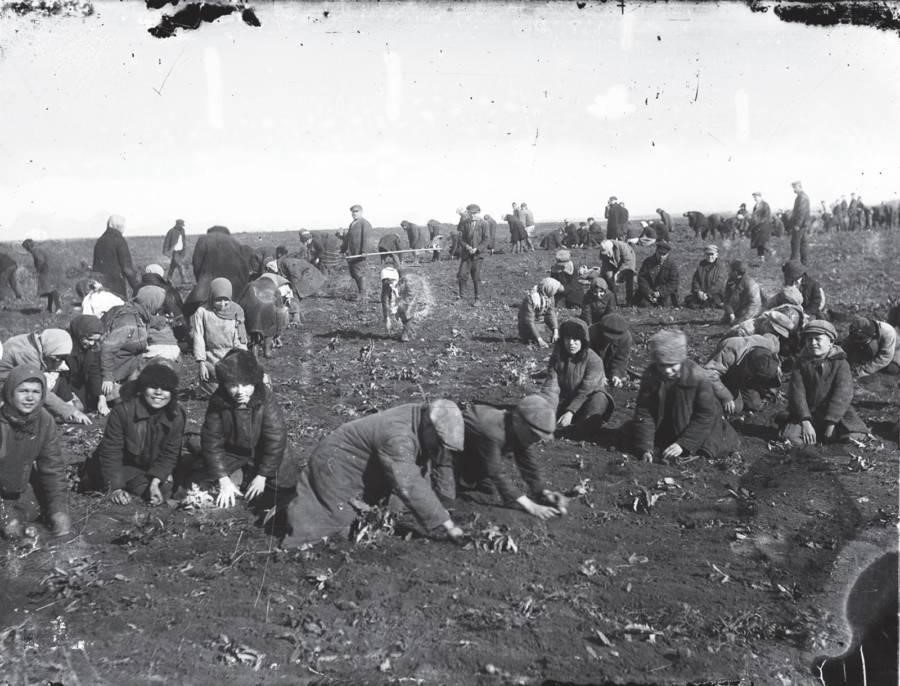
From the 1932 harvest, Soviet authorities were able to procure 4.3 million tons as compared with the 7.2 million tons obtained from the 1931 harvest.
Rations in towns were drastically cut back, and in the winter of 1932–33 and spring of 1933, people in many urban areas starved. The homes of peasants were investigated to check for the stolen sack of crops from the government storage house.
Those who were found guilty of stealing even a sack of wheat were punished. Same way, those who were against collectivization were either deported to the far regions of the USSR or were executed.
Historians have recorded about 4,000 local rebellions against collectivization, taxation, terror, and violence by Soviet authorities in the early 1930s. The Soviet secret police (GPU) and the Red Army ruthlessly suppressed these protests. Tens of thousands of farmers were arrested for participating in anti-Soviet activities, shot, or deported to labor camps.
Was this ever acknowledged as Genocide?
Scholars continue to debate “whether the man-made Soviet famine (Holodomor) was a central act in a campaign of genocide, or whether it was designed to simply cow Ukrainian peasants into submission, drive them into the collectives and ensure a steady supply of grain for Soviet industrialization.
The Holodomor has been recognized as genocide by 16 nations and 22 US states, including Minnesota.
Holodomor wiped out millions of Ukrainians making it one of the biggest massacres of all time. Attacks on both the mental and physical conditions of the people led to their death. Those who survived showed a long-lasting effect on their health.
Generations of Ukrainians were affected by this draconian act of man-killing. Stalin ended up killing millions of people and testing the moral choices of many.
It wasn’t just the question of survival for them but also about the emotions which restrained many from turning towards the last option of cannibalism. Yet, for survival many chose it.
I will rest my pen with the below statement from a woman doctor who wrote to a friend in June 1933. She wrote that
she had not yet become a cannibal, but was not sure that I shall not be one by the time my letter reaches you.” The good people died first. Those who refused to steal or prostitute themselves died. Those who gave food to others died. Those who refused to eat corpses died. Those who refused to kill their fellow man died. Parents who resisted cannibalism died before their children did.

